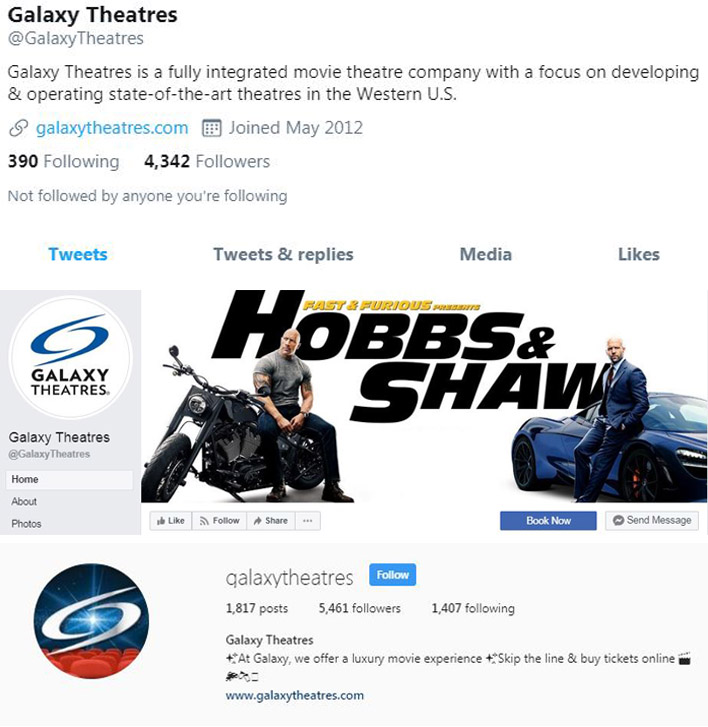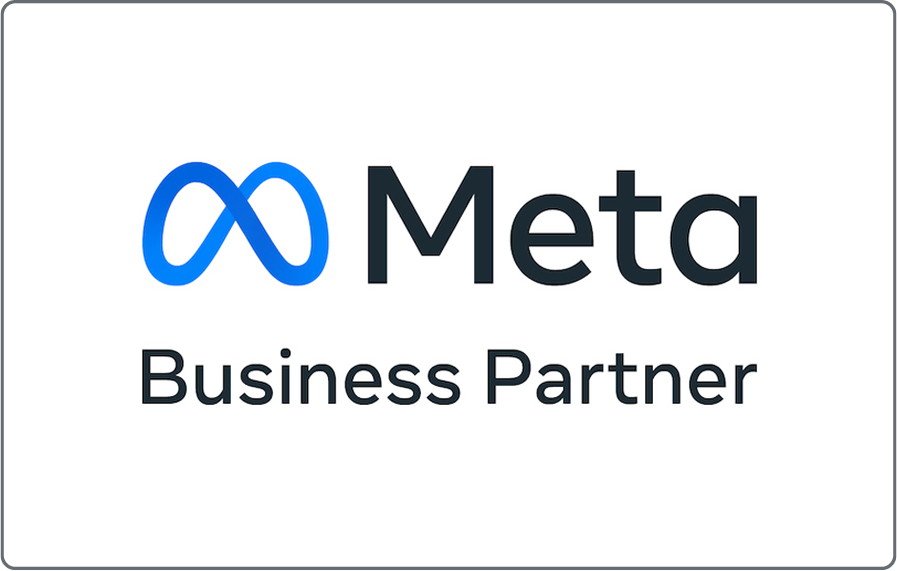How to Use Analytics & Reporting to Drive Your Social Media Strategy
Have you been consistently posting aesthetically pleasing content and applying all of the steps of a strong social media strategy, yet it seems your brand’s engagement rate is at a standstill? While posting at the right time and including interesting captions does retain consumers, it is crucial to a company’s survival to understand the data analytics from your social and reports that track your social media data. Once that information is received and understood, then you can figure out a strategy to grow your brand on a larger scale.
Understanding KPIs
KPIs, (Key Performance Indicators) include likes, clicks, shares, comments, mentions, and much more, which gives you evidence of how well your business is performing. Examining these numbers informs you which aspects of your social media are falling short compared to the rest. Additionally, each social media platform has its own KPIs. For example, Facebook includes paid likes and post reach whereas Instagram contains profile visits and total reach. Each social media platform comes with its own terminology and aspects of documented social media data. Depending on your business and what you want most out of your social media presence, you can determine which platforms and metrics take the majority of your focus.
Reach and Impressions
Two metrics to consider closely are reach and impressions. Reach is the amount of people that see your content, and impressions are the amount of times your content is shown, whether it was clicked or not. Because of the different algorithms Instagram, Twitter, LinkedIn, and Facebook use, not everyone will always see your content. Posting content that will captivate your target audience and entice them to engage should always be your primary goal. Shares and comments let more people see your material, which in turn increases your reach and impressions. Moreover, the metrics you are most interested in will be catered differently to each social media platform, so it is crucial to optimize your core KPIs on each platform.
Key Factors for a Better Strategy
To develop a better strategy for your social media plan, there are a few factors that should be taken into consideration. First off, examining your company’s social media data helps you understand your target audience. It will show you when your followers/consumers are active online and who you are reaching. Second, as previously mentioned, knowing your KPIs will distinguish which social networks your content will thrive most on. Lastly, numbers don’t lie. The reports you read will help show you which of your content performed best, and knowing these facts can help you alter your content for the future. Maybe the three minute video you posted did not receive the engagement you thought it would. Because you can analyze the number of clicks or shares the video received, it will better equip you to know what to change for the future.
Collecting data will not only provide concrete evidence as to what is truly happening behind your social media strategy but will help you optimize your strategy to make it the best it can be. At times posting intriguing material with entertaining captions can be an extensive task, so let a social media agency like Bright Age handle the analytics behind your top-notch content!








